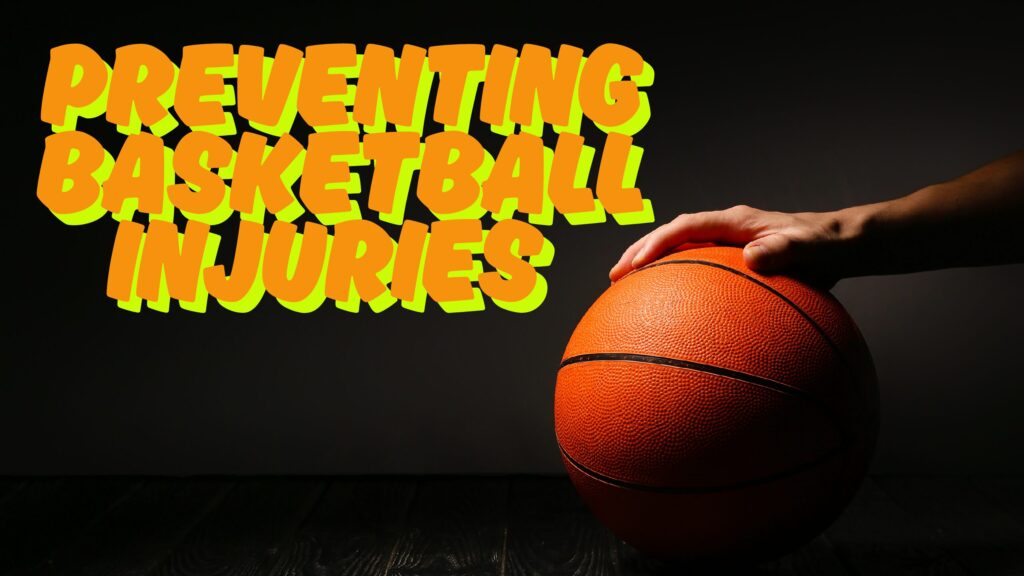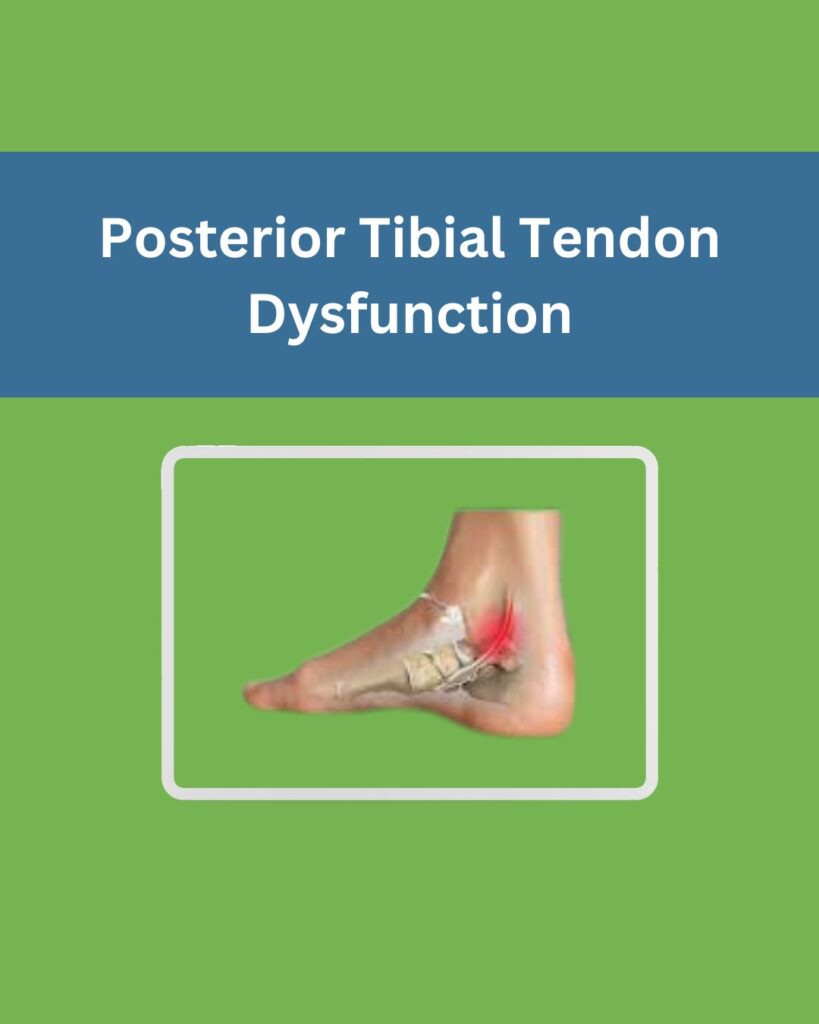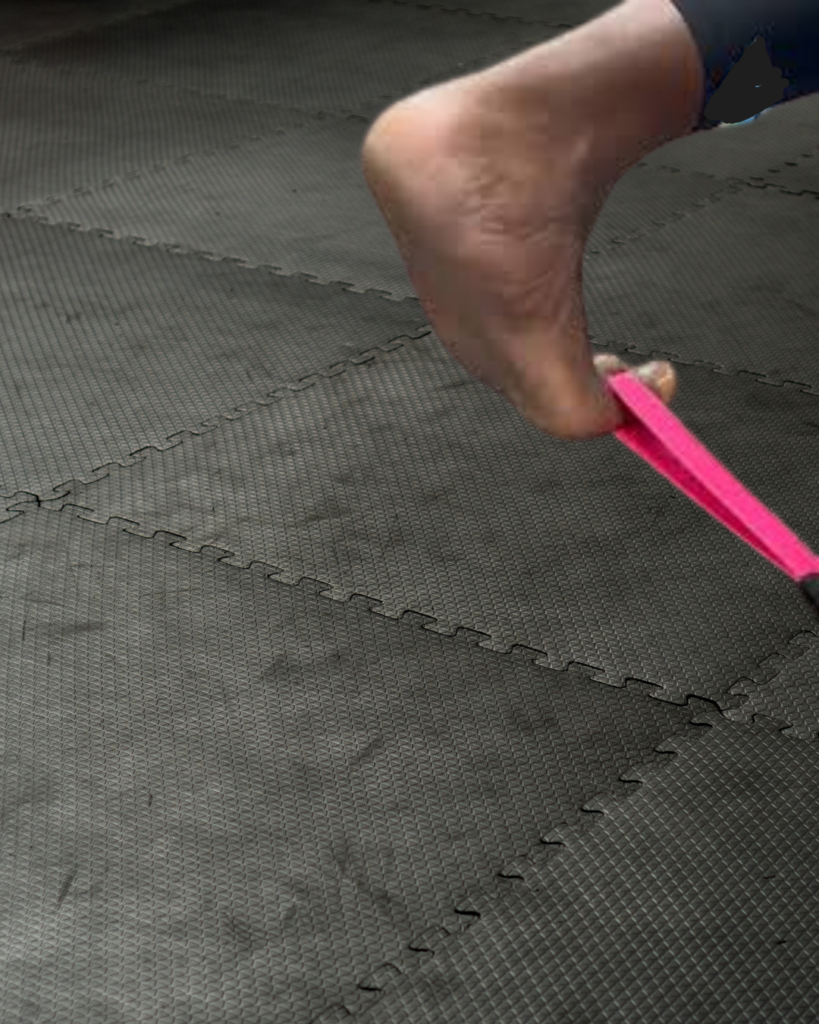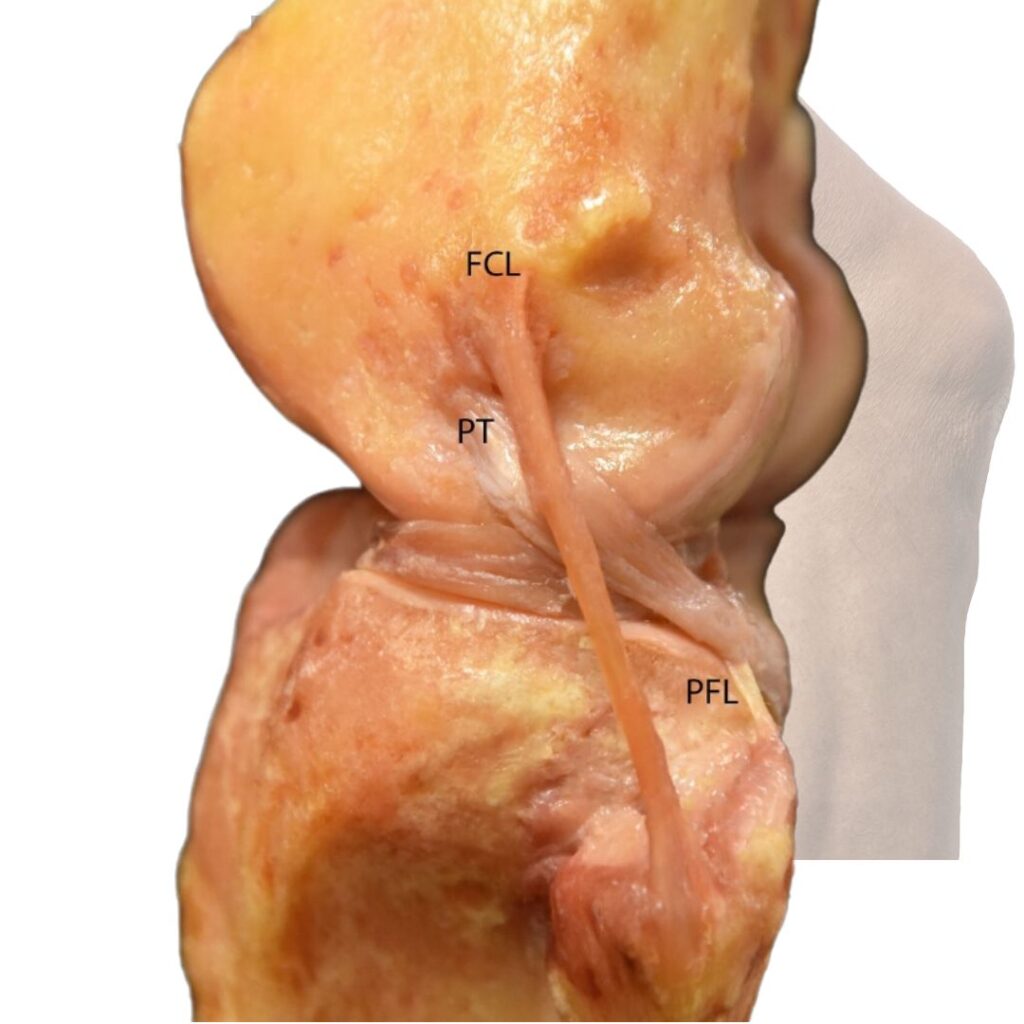Can Physical Therapy Help with Rotator Cuff Tears that Have Not Been Repaired? Absolutely – and Safely. Rotator cuff tears are a common cause of shoulder pain and dysfunction, often leading people to believe that surgery is the only solution. But here’s the good news: for many individuals, physical therapy can be a highly […]

Basketball is an exciting, fast-paced sport that requires agility, endurance, and strength. But with all that movement—jumping, cutting, and sprinting—comes the risk of injury. At Physical Therapy Innovations, preventing injuries is our jam! Whether you’re a weekend warrior or a competitive athlete, following these injury prevention tips can help keep you on the court and […]

Posterior tibial tendinopathy (PTT) is a common condition that affects the posterior tibial tendon. The tendon plays a crucial role in supporting the arch of the foot and stabilizing the lower leg during movement. When the tendon becomes irritated, overused, or damaged, it can result in pain and dysfunction. In this blog, we’ll explore the […]

Chronic pain affects millions of people worldwide, limiting their ability to enjoy life, work, and perform everyday tasks. For many, the first solution that comes to mind is medication, particularly opioids. While opioids may provide temporary relief, they come with serious risks, including addiction and dangerous side effects. The good news is that physical […]

If you’ve been diagnosed with a meniscal tear, you might be feeling confused, frustrated, and worried. Although a meniscal tear is a common knee injury, its seriousness can vary based on how severe it is. With an appropriate treatment plan and physical therapy, you can heal and return to your usual activities. This blog will […]

Rhabdomyolysis (pronounced “rab-doe-my-ah-luh-suhs”) is a complex and potentially life-threatening medical condition characterized by the breakdown of skeletal muscle tissue, which can ultimately lead to muscle death. Rhabdomyolysis is frequently referred to as “rhabdo,” a shorthand that is often used in athletic and medical communities to describe this condition quickly and efficiently. This pathological process occurs […]

Diffuse idiopathic skeletal hyperostosis (DISH), also known as Forestier’s Disease, is a complex and often under-recognized form of arthritis characterized by the progressive stiffening and calcification of soft tissues within the body, primarily affecting ligaments, tendons, and joints. This condition is particularly notable for its impact on the spinal column, where it can lead to […]

Baseball, often referred to as America’s pastime, captivates fans with its blend of strategy, skill, and athleticism. At the heart of this game is the baseball throw—a seemingly simple action that, upon closer examination, reveals a complex dance of muscles working in perfect harmony. Understanding this intricate choreography not only deepens our appreciation […]

The big toe, also known as the hallux, plays a crucial role in maintaining balance, generating power during activities such as walking and running, and providing essential support for the arch of the foot. This digit isn’t just a passive structure; it actively contributes to the foot’s overall function and stability. When we […]

While uncommon, injuries to the posterolateral corner (PLC) of the knee can lead to significant and ongoing instability, which may ultimately result in failed anterior cruciate ligament (ACL) reconstruction if these injuries are not promptly and accurately identified. The posterolateral corner is a complex anatomical region that comprises several critical structures, including ligaments, tendons, and […]
